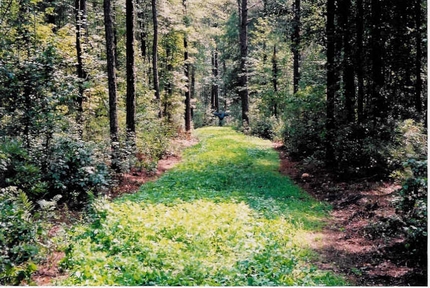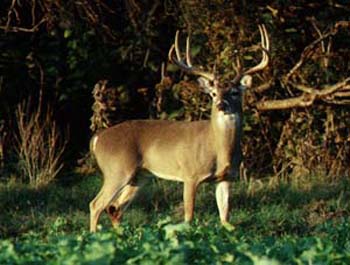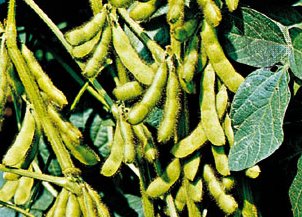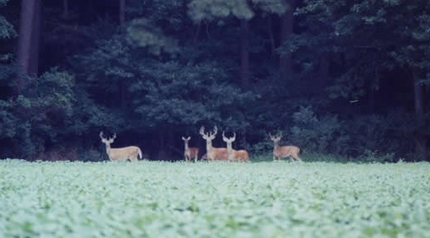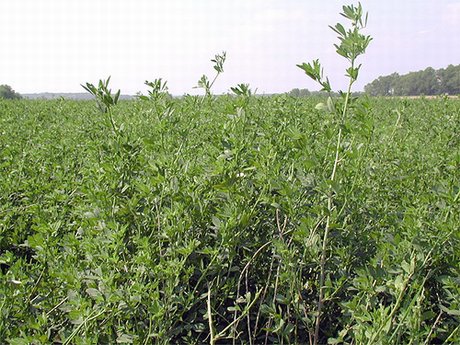
Food plots go hand-in-hand with most properties practicing white-tailed deer management. Alfalfa can be one of the many plant species used to provide supplemental food for your whitetail herd. Most hunters do not know this, but there are over 205 varieties of alfalfa! Which one is right for your property and deer? For those landowners and hunters looking to plant and establish an alfalfa food plot, this article covers information that can help you learn more about high-quality alfalfa.
Alfalfa varieties with the best forage quality will be marked high quality (HQ) or multifoliolate (ML). These select varieties have high yield, are resistant to insects and heavy grazing, and are somewhat winter hardy. Because there are so many varieties of alfalfa, there are a lot of differents between alfalfa varieties. The key is finding the variety that is best-suited for your ranch. Continue reading “Alfalfa for White-tailed Deer Food Plots”
